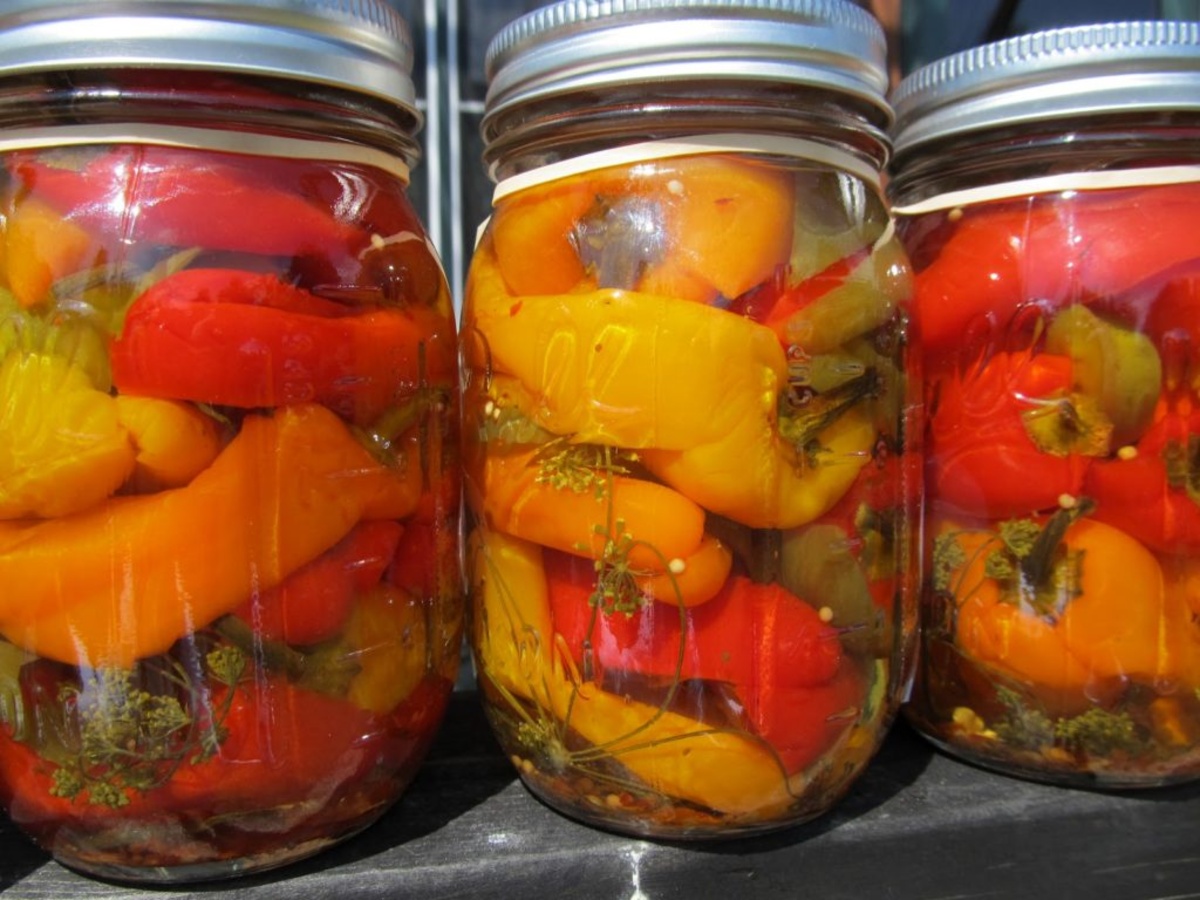

Articles
How To Store Cut Up Bell Peppers
Modified: February 23, 2024
Learn how to properly store cut up bell peppers to keep them fresh and flavorful. Our articles provide tips and tricks for maximizing the shelf life of your peppers.
(Many of the links in this article redirect to a specific reviewed product. Your purchase of these products through affiliate links helps to generate commission for Storables.com, at no extra cost. Learn more)
Introduction
Welcome to our guide on how to store cut up bell peppers. Bell peppers are not only delicious and versatile in recipes, but they are also packed with essential nutrients like vitamin C and antioxidants. Whether you have an abundance of bell peppers from your garden or you simply want to prepare them ahead of time for convenience, knowing the proper storage techniques will help you maintain their freshness and flavor.
Properly storing cut up bell peppers is important to prevent them from spoiling quickly and losing their vibrant color and crispness. In this article, we will outline the best practices for storing cut up bell peppers, including options for refrigerator storage, freezer storage, dehydrating, and pickling. We will also provide some tips for maximizing freshness and flavor, so you can enjoy the delicious taste of bell peppers for longer periods of time.
Whether you plan to use the cut up bell peppers in salads, stir-fries, sauces, or any other recipe, follow along to discover how to store them properly and make the most out of this versatile vegetable.
Key Takeaways:
- Properly storing cut up bell peppers is crucial for preserving their freshness, flavor, and nutritional value. Whether refrigerating, freezing, dehydrating, or pickling, follow best practices to enjoy bell peppers year-round.
- Start with fresh bell peppers, use appropriate storage containers, and experiment with recipes to maximize the freshness and flavor of your cut up bell peppers. Whether refrigerating, freezing, dehydrating, or pickling, enjoy the convenience and deliciousness of this versatile vegetable year-round.
Read more: How To Store Cut Up Red Bell Peppers
Why it is Important to Store Cut Up Bell Peppers
When you have an abundance of bell peppers or when you want to meal prep for the week, storing cut up bell peppers becomes essential. Knowing why it is important to store them properly can help you maintain their freshness, flavor, and nutritional value.
1. Preserving freshness: Cut up bell peppers have a higher surface area exposed to air, which accelerates the process of oxidation and spoilage. Proper storage methods can slow down this process and help preserve the freshness of the peppers for a longer period of time.
2. Maintaining flavor: Bell peppers are known for their sweet and robust flavors. Storing them correctly can help prevent the loss of flavor, ensuring that your peppers taste as delicious as when they were freshly cut.
3. Preventing waste: By storing cut up bell peppers properly, you can avoid wasting any leftover peppers that you may not be able to consume in one sitting. This can help you save money and reduce food waste.
4. Convenience and time-saving: Pre-cutting bell peppers can save you time in the kitchen, especially when you have a busy schedule. Properly storing cut up bell peppers allows you to have them readily available for quick and easy meal preparation.
5. Meal prep and versatility: Cut up bell peppers are incredibly versatile and can be used in a wide range of recipes, such as salads, stir-fries, sandwiches, and fajitas. Storing them properly allows you to incorporate them effortlessly into your meal prep plans.
By understanding the importance of storing cut up bell peppers, you can ensure that your peppers remain fresh, flavorful, and ready to use whenever you need them. Now let’s delve into the best practices for storing cut up bell peppers.
Best Practices for Storing Cut Up Bell Peppers
Proper storage techniques are crucial to maintaining the freshness and quality of cut up bell peppers. Here are some best practices to follow:
- Start with fresh bell peppers: It’s important to begin with fresh, high-quality bell peppers. Look for peppers that are firm, have smooth skin, and vibrant colors. Avoid any peppers with soft spots or wrinkled skin, as these are signs of spoilage.
- Wash and dry the peppers: Before cutting the bell peppers, make sure to wash them thoroughly under cool running water. Pat them dry with a clean kitchen towel or paper towels to remove excess moisture.
- Use a sharp knife: When cutting the peppers, use a sharp knife to ensure clean and precise cuts. A dull knife may crush or bruise the peppers, leading to faster spoilage.
- Remove the core and seeds: Cut off the stem end of the bell pepper and remove the core and seeds. These parts can contribute to a shorter shelf life and may affect the texture and flavor of the cut peppers.
- Choose appropriate storage containers: Opt for airtight containers or resealable plastic bags for storing cut bell peppers. Make sure the containers are clean and dry before use.
- Label and date the containers: To keep track of the freshness of the peppers, label the containers with the date of storage. This will help you prioritize their use and avoid keeping them past their prime.
- Store in the right temperature: Bell peppers are sensitive to temperature changes, so it’s essential to store them at the appropriate temperature. Most bell peppers can be stored in the refrigerator, while some can also be frozen or preserved using other methods we will discuss later in this article.
- Store away from ethylene-producing fruits: Bell peppers are sensitive to ethylene gas, which is produced by certain fruits like apples, bananas, and tomatoes. Keep the cut peppers away from these ethylene-producing fruits to prevent premature ripening and spoilage.
By following these best practices, you can ensure that your cut up bell peppers stay fresh, flavorful, and ready to use for an extended period of time. Next, let’s explore the different storage options for cut up bell peppers.
Option 1: Refrigerator Storage
Refrigerator storage is one of the most common methods for storing cut up bell peppers. Here’s how you can do it:
- Prepare the peppers: After cutting the bell peppers into desired shapes and sizes, make sure they are dry before storing. Excess moisture can promote spoilage.
- Airtight container or plastic bag: Place the cut peppers in an airtight container or resealable plastic bag. This will help keep them fresh and protect them from moisture and other odors in the refrigerator.
- Label and date: Label the container or bag with the date of storage to keep track of their freshness. It’s recommended to use the cut bell peppers within 3-5 days for best results.
- Store in the crisper drawer: The crisper drawer in your refrigerator is the ideal place to store cut up bell peppers. It provides a slightly higher humidity level, which helps maintain their crispness.
- Avoid overcrowding: Do not overcrowd the container or bag. Give the peppers some space, allowing air to circulate and prevent them from getting squished or crushed, which can lead to faster spoilage.
- Check for spoilage: Regularly check the stored bell peppers for any signs of spoilage, such as mold growth or a slimy texture. Remove any spoiled peppers immediately to prevent them from affecting the freshness of the others.
Refrigerator storage is a convenient and simple method for keeping cut up bell peppers fresh for a short period of time. However, if you have more peppers than you can consume within a few days, or if you want to store them for longer periods, freezing or dehydrating them are alternative options that we will explore next.
Option 2: Freezer Storage
If you have a surplus of cut up bell peppers or want to store them for an extended period, freezing is a great option. Follow these steps for freezer storage:
- Blanching: Blanching the bell peppers before freezing helps preserve their flavor, texture, and color. Bring a pot of water to a boil and carefully submerge the cut peppers for about 2-3 minutes. Then, transfer them to a bowl of ice water to stop the cooking process.
- Drying the peppers: After blanching, pat the bell peppers dry with a clean kitchen towel or paper towels. Removing excess moisture will prevent them from becoming mushy when frozen.
- Portion and package: Divide the blanched and dried peppers into portions that you would commonly use in recipes. Place each portion in airtight freezer-safe containers, resealable bags, or vacuum-sealed bags. Be sure to remove as much air as possible from the bags.
- Label and date: Label each container or bag with the date of freezing and the contents. This will help you keep track of their freshness and easily locate them in your freezer.
- Freeze: Place the containers or bags in the freezer, ensuring they are placed in a flat position. This will allow for easy stacking and efficient use of space in your freezer.
- Usage duration: Cut bell peppers can be stored in the freezer for up to 6-9 months. However, for the best quality and flavor, it’s recommended to use them within 3-4 months.
- Thawing and using: When you’re ready to use the frozen bell peppers, thaw them in the refrigerator overnight or defrost them in the microwave using the appropriate setting. They can be used in cooked dishes like stir-fries, soups, or stews.
Freezing cut up bell peppers is a convenient way to preserve their freshness and ensure you have a steady supply on hand throughout the year. However, if you’re looking for alternative methods that don’t require freezer space, dehydrating and pickling are two excellent options that we will explore next.
Store cut up bell peppers in an airtight container or resealable bag in the refrigerator. Add a paper towel to absorb excess moisture and change it every few days to keep the peppers fresh for up to a week.
Read more: How To Store Cut Bell Peppers
Option 3: Dehydrating Bell Peppers
Dehydrating bell peppers is a fantastic option for long-term storage and adding a unique twist to your recipes. Here’s how you can dehydrate bell peppers:
- Prepare the bell peppers: Wash the bell peppers thoroughly and remove the stems, seeds, and inner membranes. Slice the peppers into thin strips or small pieces, ensuring uniformity for even drying.
- Blanching (optional): While blanching is not necessary for dehydrating bell peppers, it can help preserve their color and texture. To do this, briefly blanch the sliced peppers in boiling water for about 2-3 minutes, then transfer them to an ice bath to cool.
- Drying methods: There are different methods you can use to dehydrate bell peppers:
- Using a dehydrator: Arrange the bell pepper slices on the dehydrator trays, leaving space between each slice for proper air circulation. Set the dehydrator to a low temperature, around 135°F (57°C), and let it run for 8-12 hours until the peppers are completely dried and crispy.
- Oven-drying: Preheat your oven to the lowest temperature (usually between 140°F to 170°F or 60°C to 75°C). Place the bell pepper slices on a baking sheet lined with parchment paper and place them in the oven. Leave the oven door slightly ajar to allow moisture to escape. Check the peppers periodically, rotating the baking sheets if needed, until they are fully dehydrated.
- Test for dryness: To check if the bell peppers are completely dehydrated, squeeze a slice between your fingers; it should be brittle and break easily. If there’s any moisture or flexibility, continue drying until they reach the desired texture.
- Cool and store: Allow the dehydrated bell peppers to cool completely before storing them. Transfer them to airtight containers such as mason jars or resealable bags, ensuring there is no moisture present. Remember to label the containers with the date and contents.
- Storage duration: Dehydrated bell peppers can be stored for up to a year or even longer if kept in a cool, dark, and dry place.
- Rehydrating and using: When you’re ready to use the dehydrated bell peppers, you can rehydrate them by soaking them in warm water for about 15-20 minutes until they become pliable. Drain off any excess water and use them in your recipes, such as soups, stews, or stir-fries.
Dehydrating bell peppers not only extends their shelf life but also concentrates their flavor. They can add a delightful burst of sweetness and chewy texture to your dishes, making them a versatile ingredient to have on hand. However, if you prefer a tangier and pickled flavor profile, pickling bell peppers is an excellent option, which we will explore next.
Option 4: Pickling Bell Peppers
Pickling bell peppers is a fantastic way to preserve their unique flavor and add a tangy twist to your dishes. Here’s how you can pickle bell peppers:
- Prepare the bell peppers: Wash the bell peppers thoroughly and remove the stems, seeds, and inner membranes. Cut them into desired shapes, such as strips, rings, or even whole.
- Brine preparation: In a saucepan, combine equal parts vinegar and water. Add sugar, salt, and your preferred pickling spices, such as mustard seeds, black peppercorns, or crushed red pepper flakes. Bring the brine to a boil and let it simmer for a few minutes until the sugar and salt dissolve.
- Pack the peppers: Pack the bell pepper pieces into sterilized jars, leaving some space at the top. You can add garlic cloves, dill sprigs, or other flavorings to enhance the taste if desired.
- Pour the brine: Carefully pour the hot brine over the peppers in the jars, making sure they are completely submerged. Leave a small headspace at the top of the jars.
- Processing (optional): If you prefer longer shelf life and safe storage at room temperature, you can process the jars using a water bath canner. Place the sealed jars in a canner filled with boiling water and process them for the recommended time based on your altitude and jar size. Follow proper canning guidelines for safety.
- Cooling and storage: Allow the jars to cool at room temperature. Once cooled, check that the lids are sealed. Store the pickled bell peppers in a cool, dark place like a pantry or cellar. Refrigerate any jars that didn’t seal properly.
- Maturation: Pickled bell peppers reach their peak flavor after a few days or weeks of maturation. It’s recommended to wait at least a week before consuming them to allow the flavors to develop.
- Usage: Pickled bell peppers can be enjoyed as toppings on sandwiches, salads, burgers, or as accompaniments to charcuterie boards. They add a tangy and vibrant kick to your dishes.
Pickling bell peppers allows you to enjoy their tangy goodness all-year-round. With the right combination of flavors and spices, you can create a unique and flavorful addition to your culinary creations. However, no matter which storage method you choose, there are a few tips you should keep in mind to maximize the freshness and flavor of your cut up bell peppers, which we will cover next.
Tips for Maximizing Freshness and Flavor
To ensure that your cut up bell peppers remain fresh, vibrant, and full of flavor, consider the following tips:
- Use fresh bell peppers: Start with fresh, high-quality bell peppers. Look for peppers that are firm, have smooth skin, and vibrant colors. Fresher peppers will have a longer shelf life.
- Store bell peppers whole: If possible, store bell peppers as whole instead of cutting them up. Whole peppers tend to stay fresh longer since only the outer skin is exposed to air.
- Keep them dry: Before storing, make sure the peppers are completely dry to prevent moisture buildup that can lead to spoilage. Pat them dry with a clean kitchen towel or paper towels.
- Store at the optimal temperature: Most bell peppers can be stored in the refrigerator at a temperature of around 40°F (4°C). However, check if the specific type of bell pepper you have prefers a slightly different temperature range.
- Avoid ethylene-producing fruits: Keep cut up bell peppers away from ethylene-producing fruits like apples, bananas, and tomatoes. Ethylene gas can cause them to ripen and spoil faster.
- Opt for airtight containers: Use airtight containers or resealable bags to store cut bell peppers. This helps prevent moisture loss and exposure to odors from other foods in the refrigerator.
- Label and date containers: Label your storage containers with the date of storage to keep track of freshness. Use the oldest peppers first to prevent any from going to waste.
- Rotate your stock: If you have multiple containers of cut up bell peppers, rotate them periodically, using the older ones first. This will help maintain a consistent rotation and prevent any peppers from being forgotten.
- Inspect regularly: Check your stored bell peppers periodically for any signs of spoilage, such as mold, sliminess, or off odors. Remove any spoiled ones immediately to prevent contamination of others.
- Experiment with recipes: To fully enjoy your stored cut up bell peppers, get creative with recipes that showcase their flavors. Add them to salads, stir-fries, casseroles, or even pasta dishes for a burst of color and taste.
By following these tips, you can maximize the freshness and flavor of your cut up bell peppers, ensuring that they stay delicious and ready to use whenever you need them. Now you have a variety of storage options to choose from based on your preference and the quantity of bell peppers you have on hand.
Whether you decide to store them in the refrigerator, freezer, dehydrate them, or pickling them, the key is to choose the method that suits your needs and preferences. Enjoy the versatility of bell peppers in your recipes all year round!
HTML Conversion Validation
Conclusion
Storing cut up bell peppers properly is essential for maintaining their freshness, flavor, and nutritional value. Whether you have an abundance of bell peppers from your garden or want to meal prep for convenience, knowing the best storage methods can make a significant difference in their longevity.
In this guide, we explored various options for storing cut up bell peppers. Refrigerator storage is a common and convenient method for short-term preservation. Freezer storage allows you to store bell peppers for an extended period, while dehydrating provides a unique twist and concentrates their flavor. Pickling, on the other hand, adds a tangy and vibrant kick to your dishes.
To maximize the freshness and flavor of your cut up bell peppers, remember to start with fresh bell peppers, use appropriate storage containers, keep them dry, and store them at the optimal temperature. Avoid storing them with ethylene-producing fruits and regularly check for any signs of spoilage.
Experiment with different recipes to make the most of your stored cut up bell peppers. Whether you incorporate them into salads, stir-fries, or other flavorful dishes, the versatility of bell peppers will shine through.
Now that you have a comprehensive understanding of the best practices for storing cut up bell peppers, you can confidently enjoy the convenience and deliciousness of this versatile vegetable year-round. Bon appétit!
Frequently Asked Questions about How To Store Cut Up Bell Peppers
Was this page helpful?
At Storables.com, we guarantee accurate and reliable information. Our content, validated by Expert Board Contributors, is crafted following stringent Editorial Policies. We're committed to providing you with well-researched, expert-backed insights for all your informational needs.
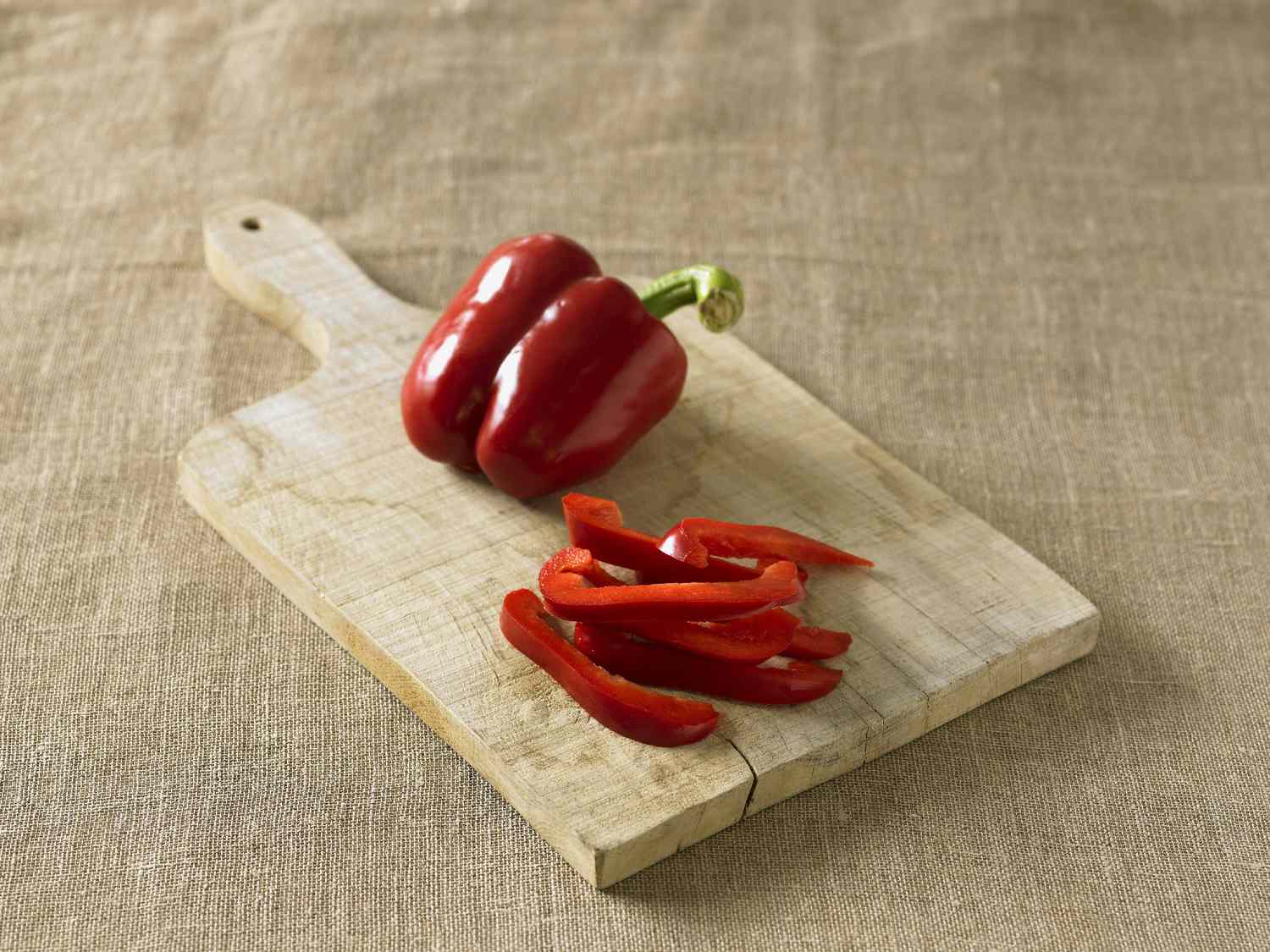
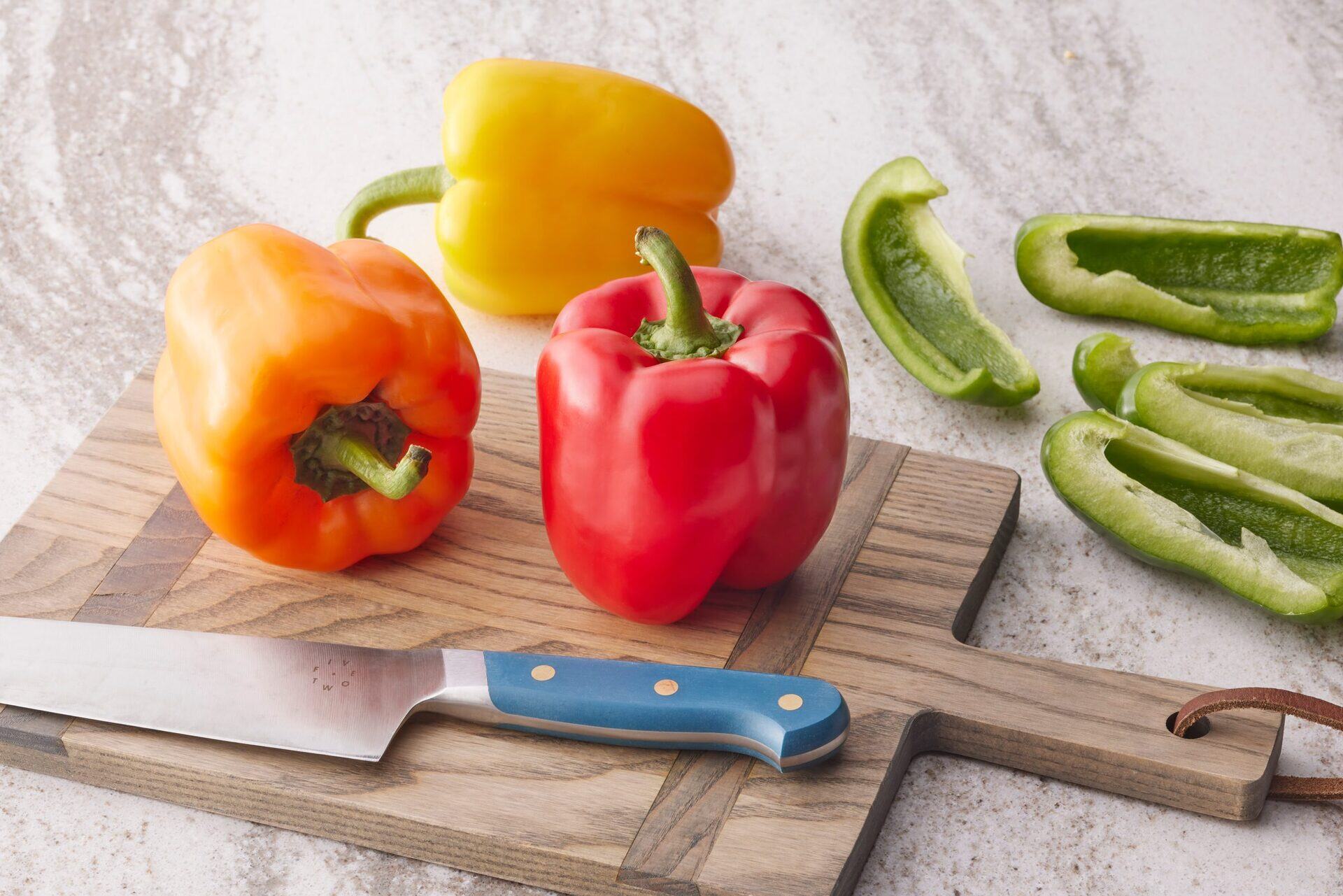
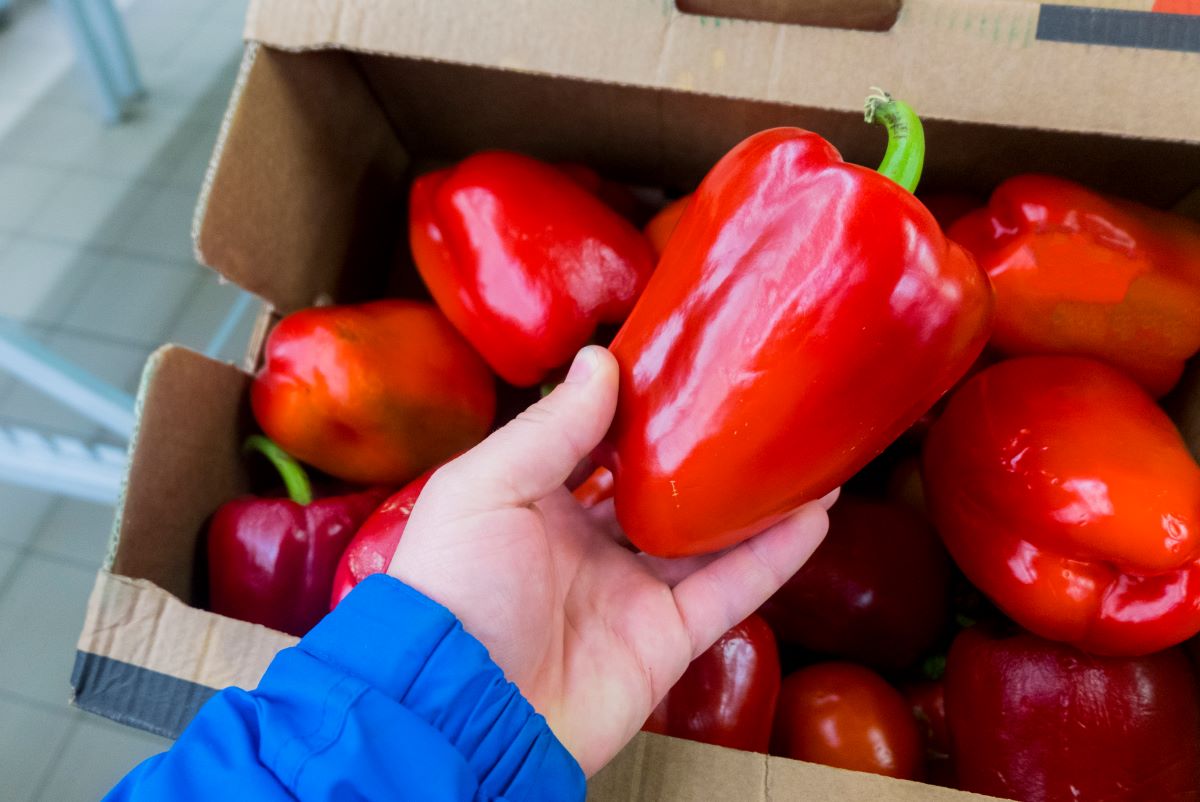
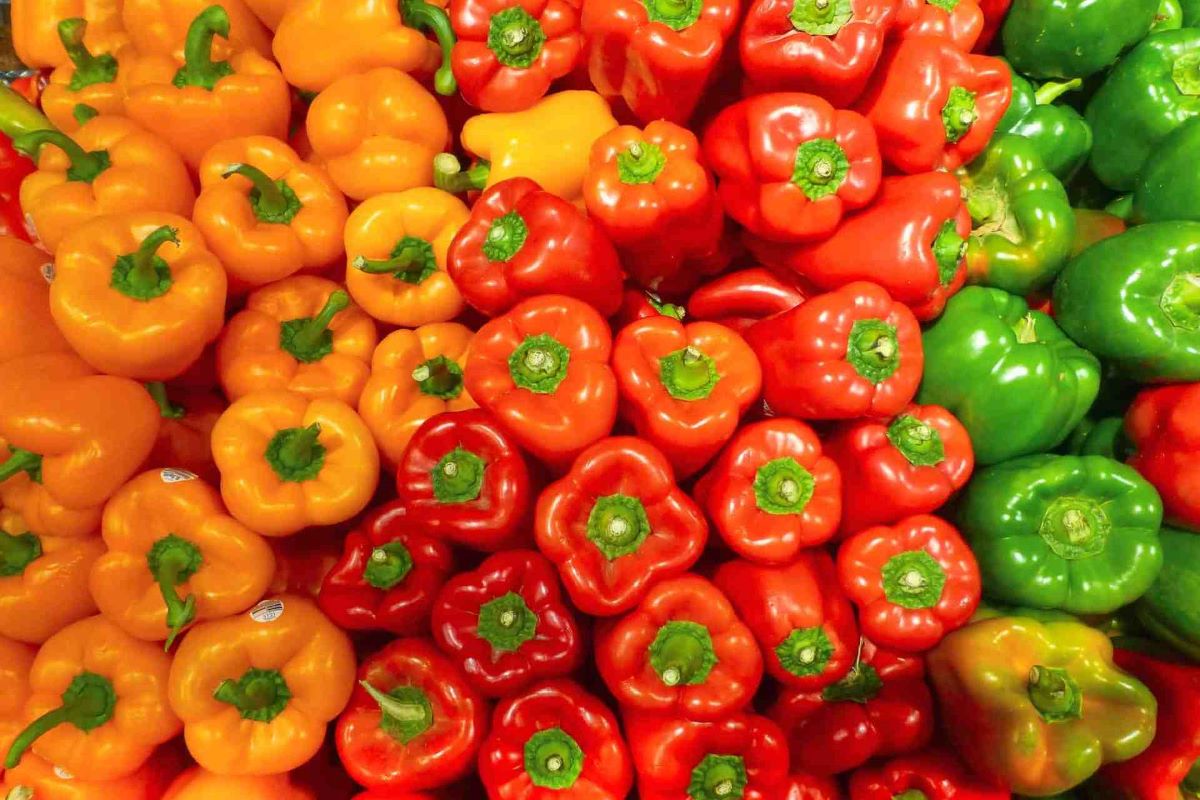
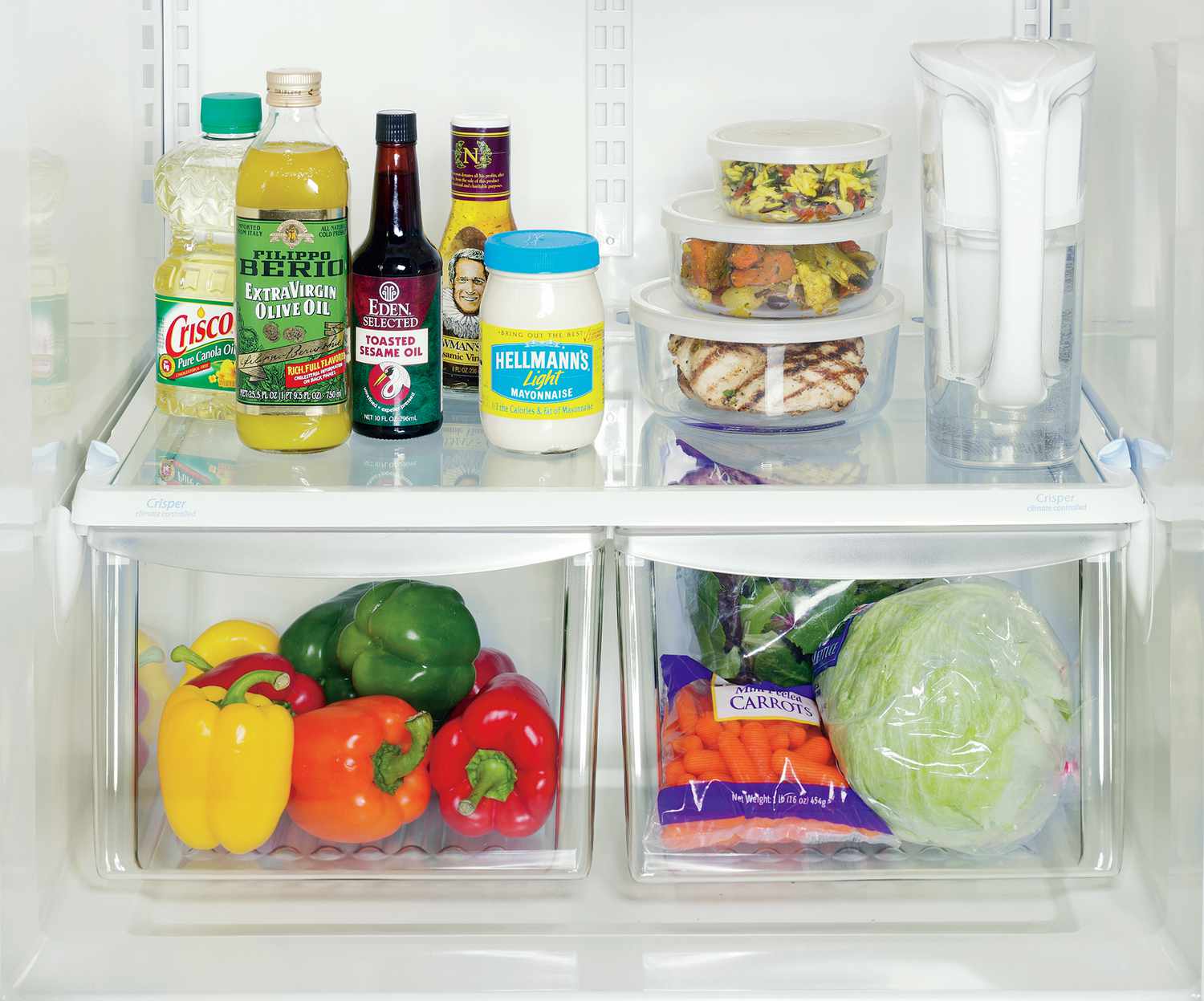
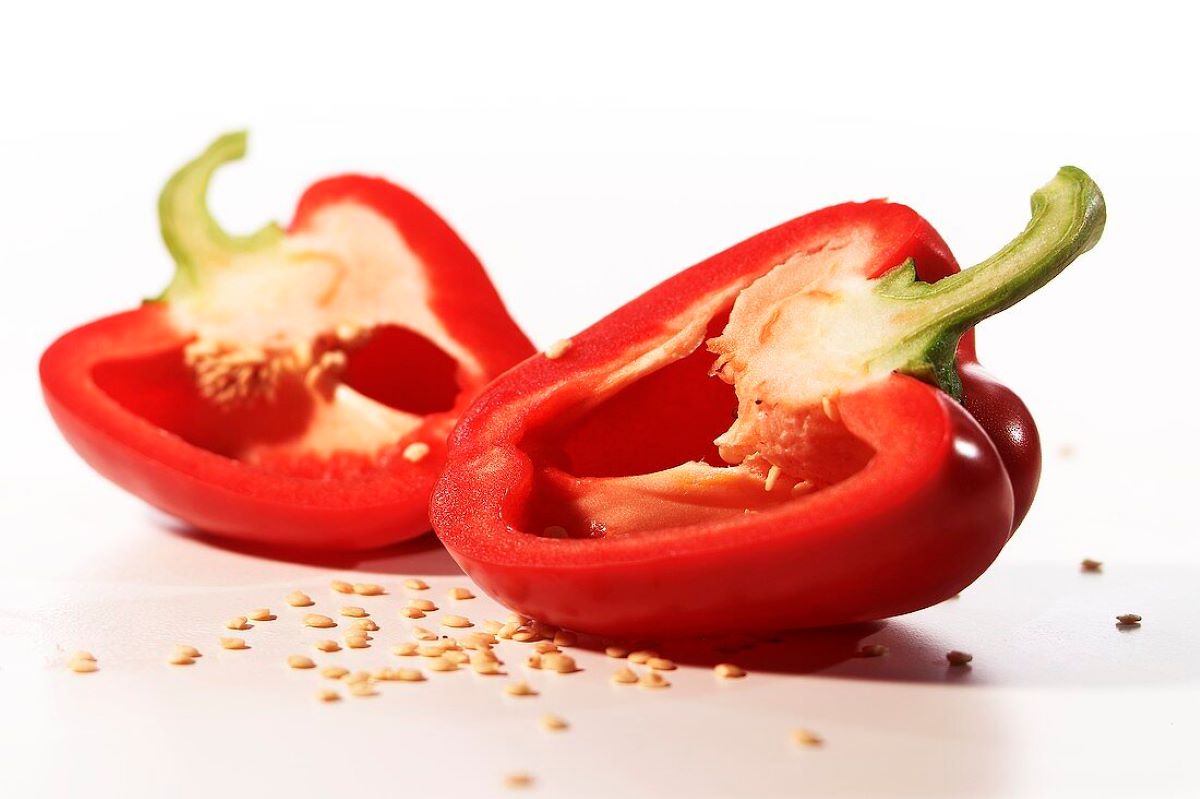
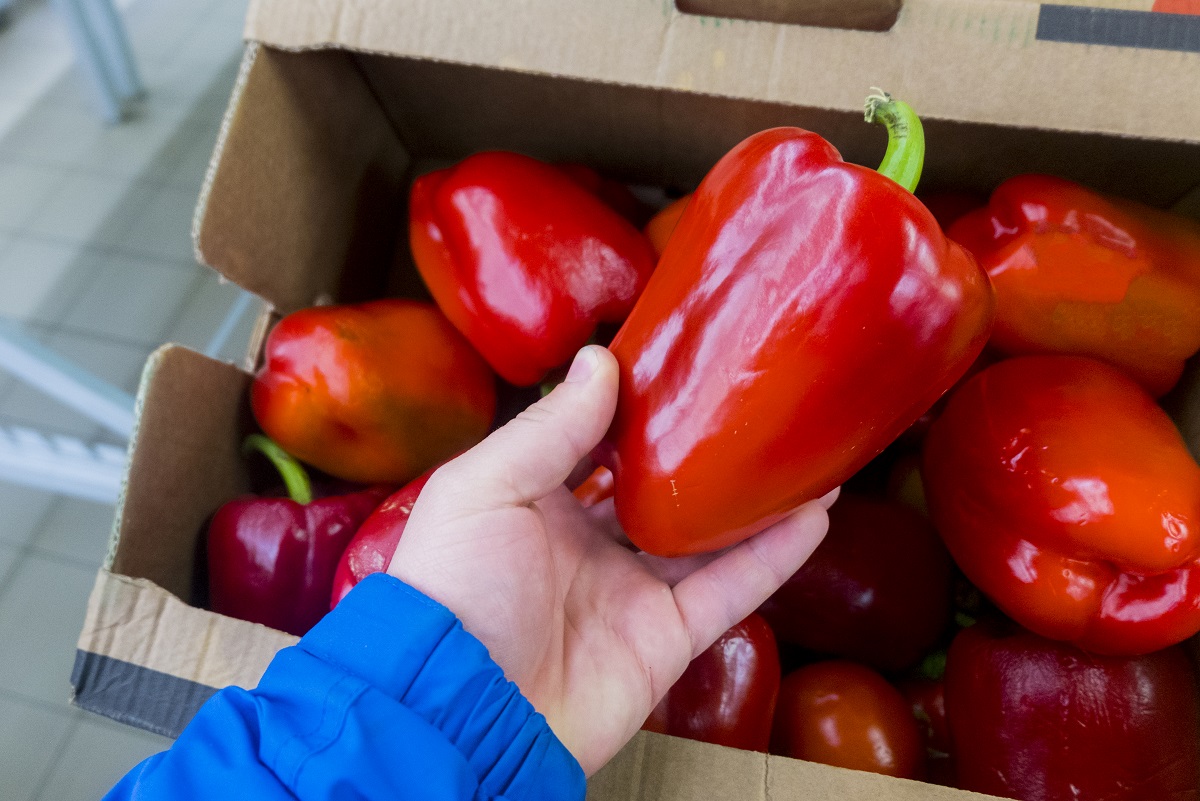
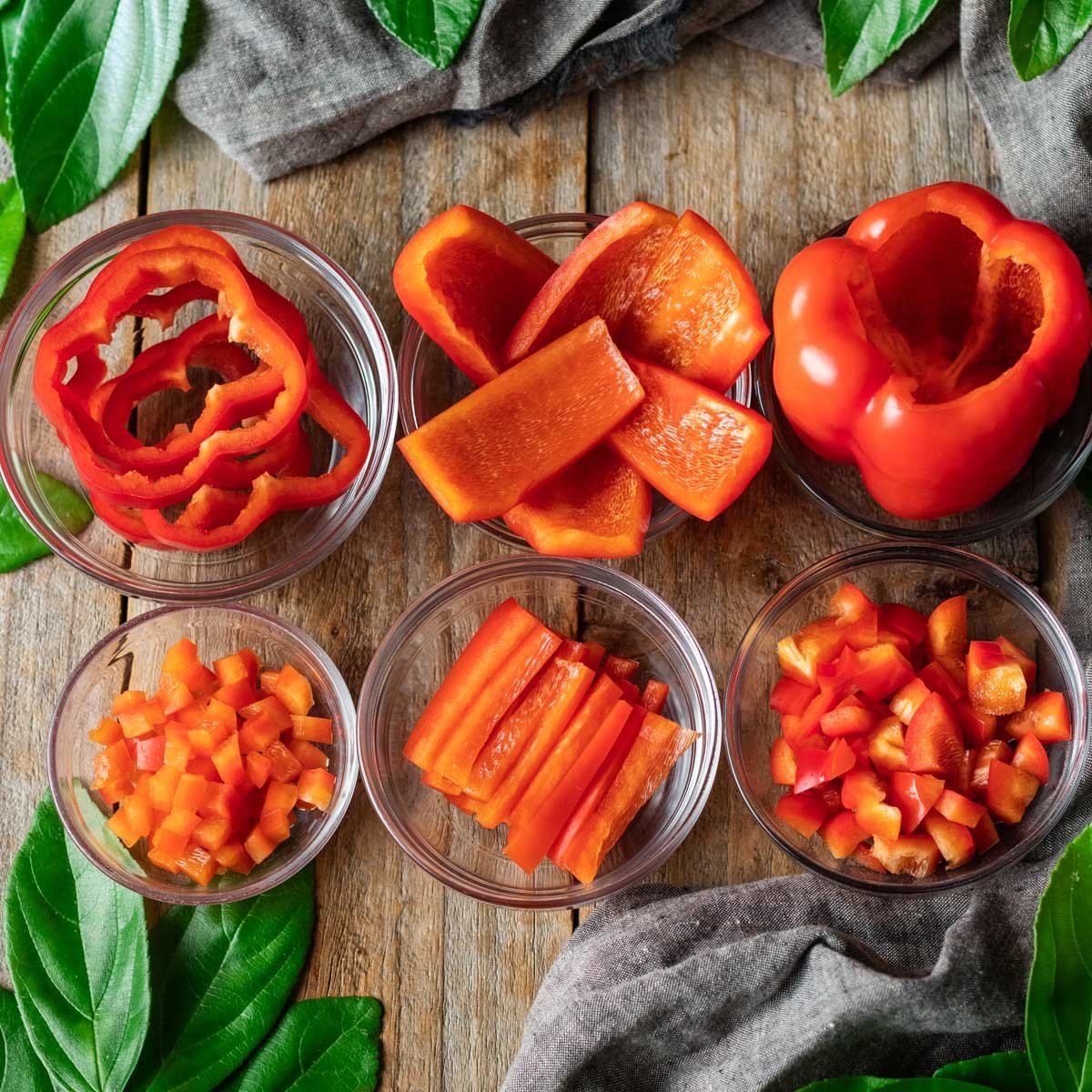
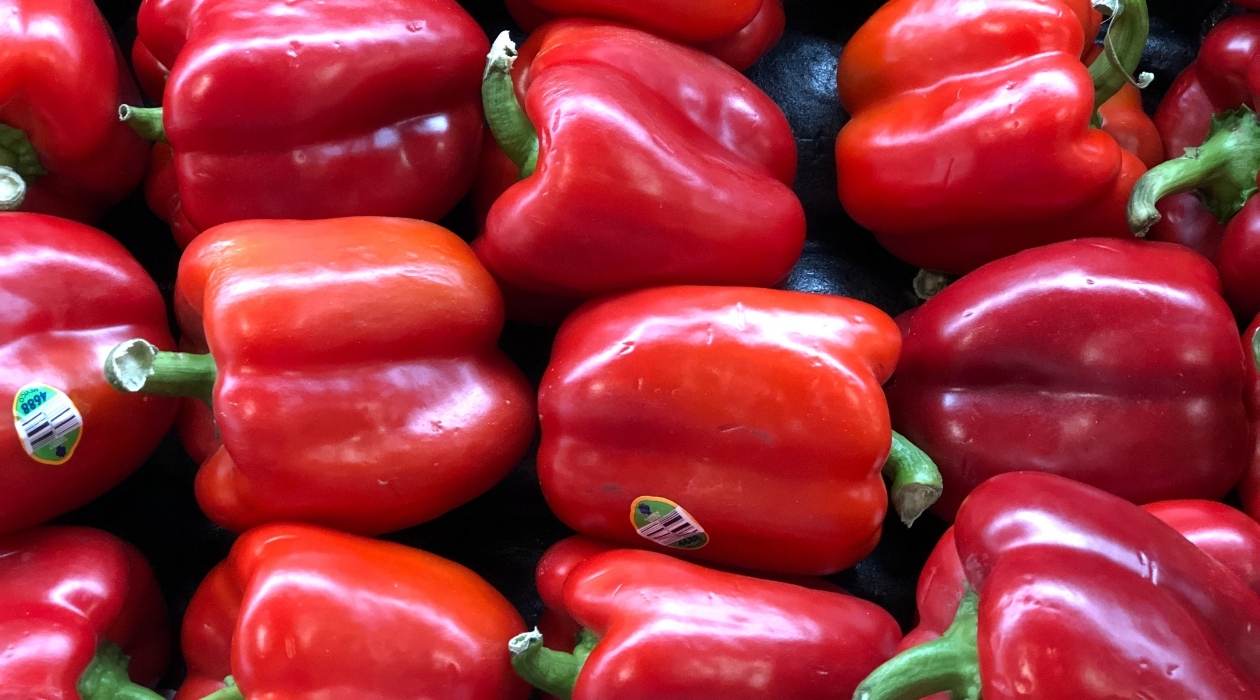
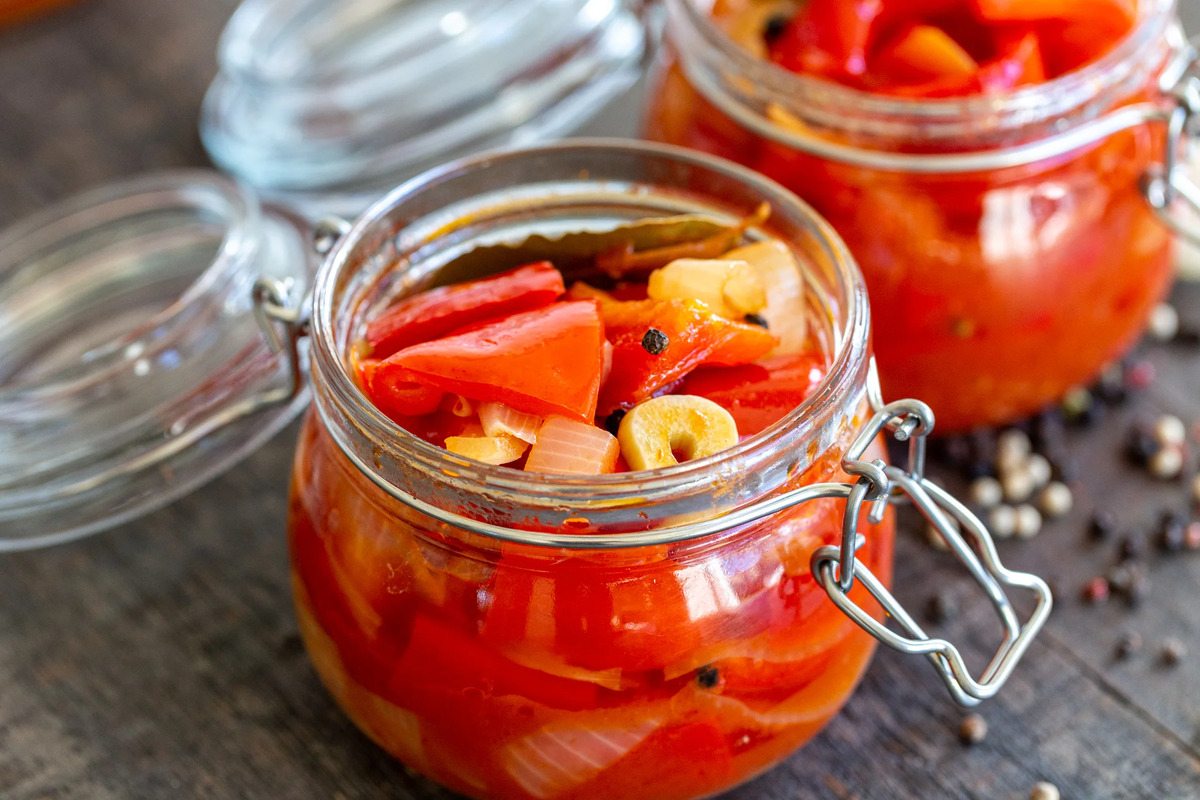
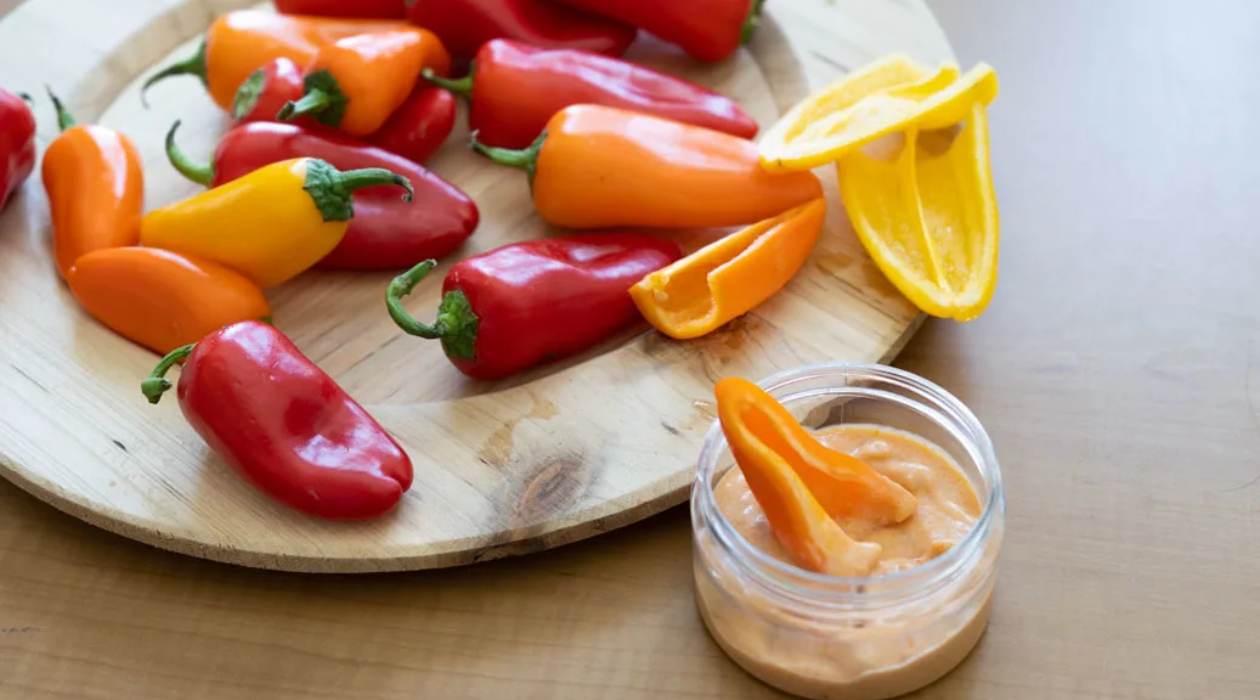
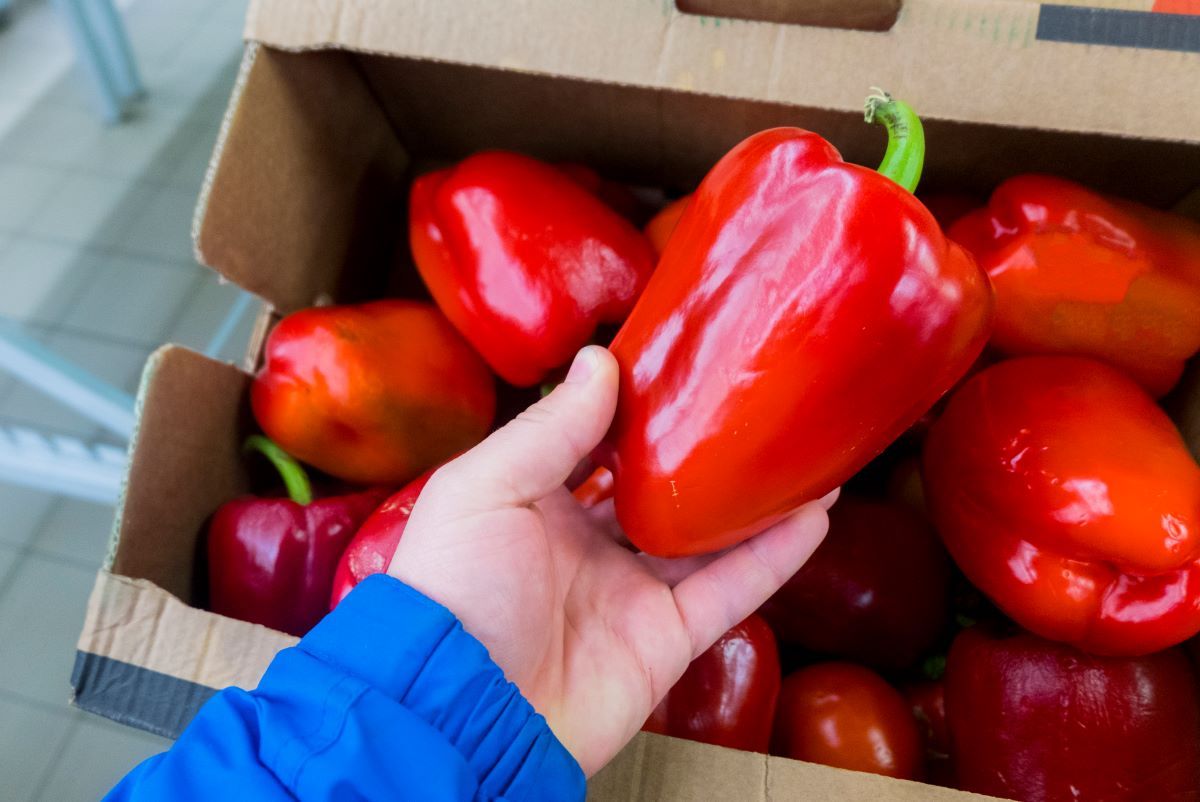
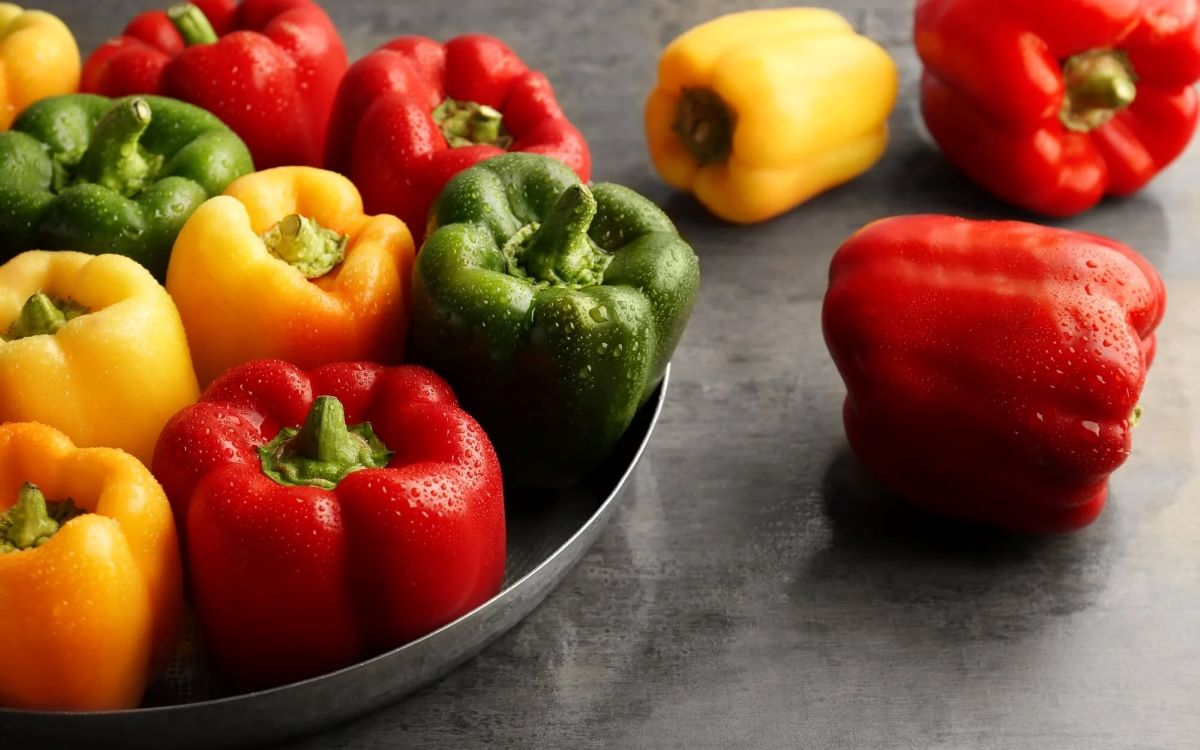
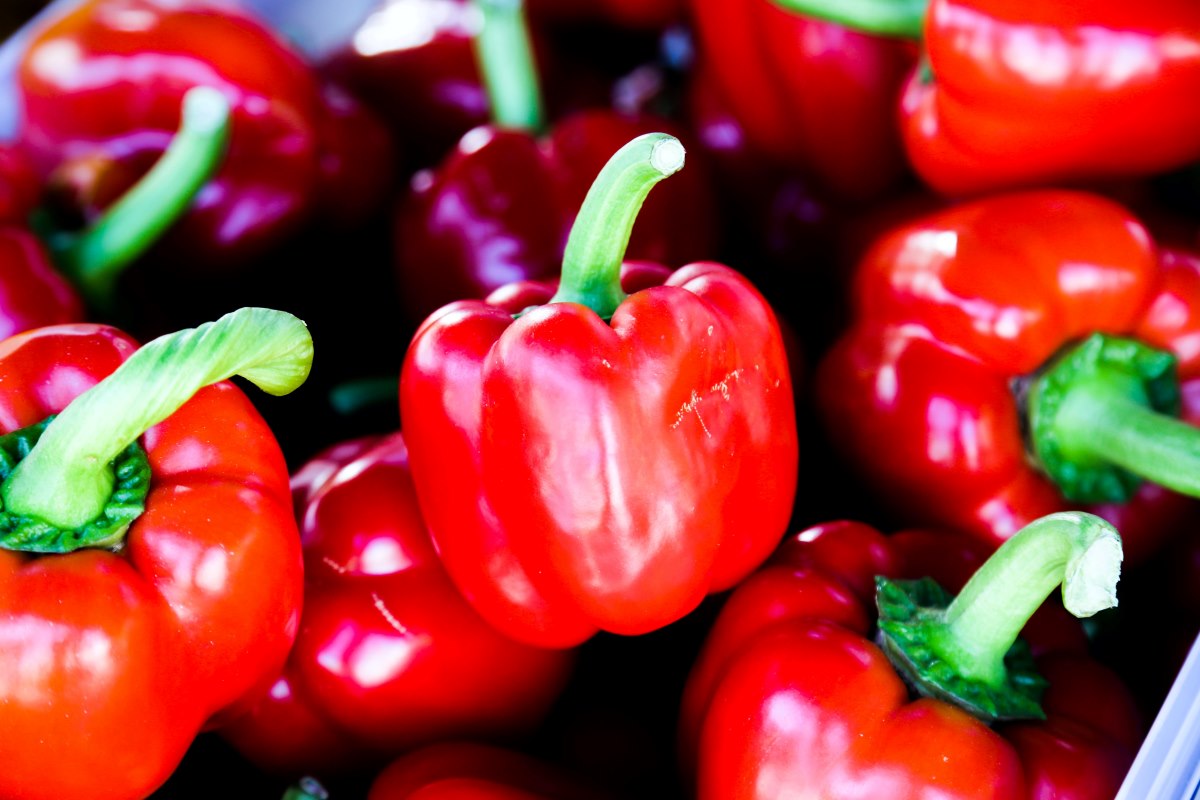

0 thoughts on “How To Store Cut Up Bell Peppers”